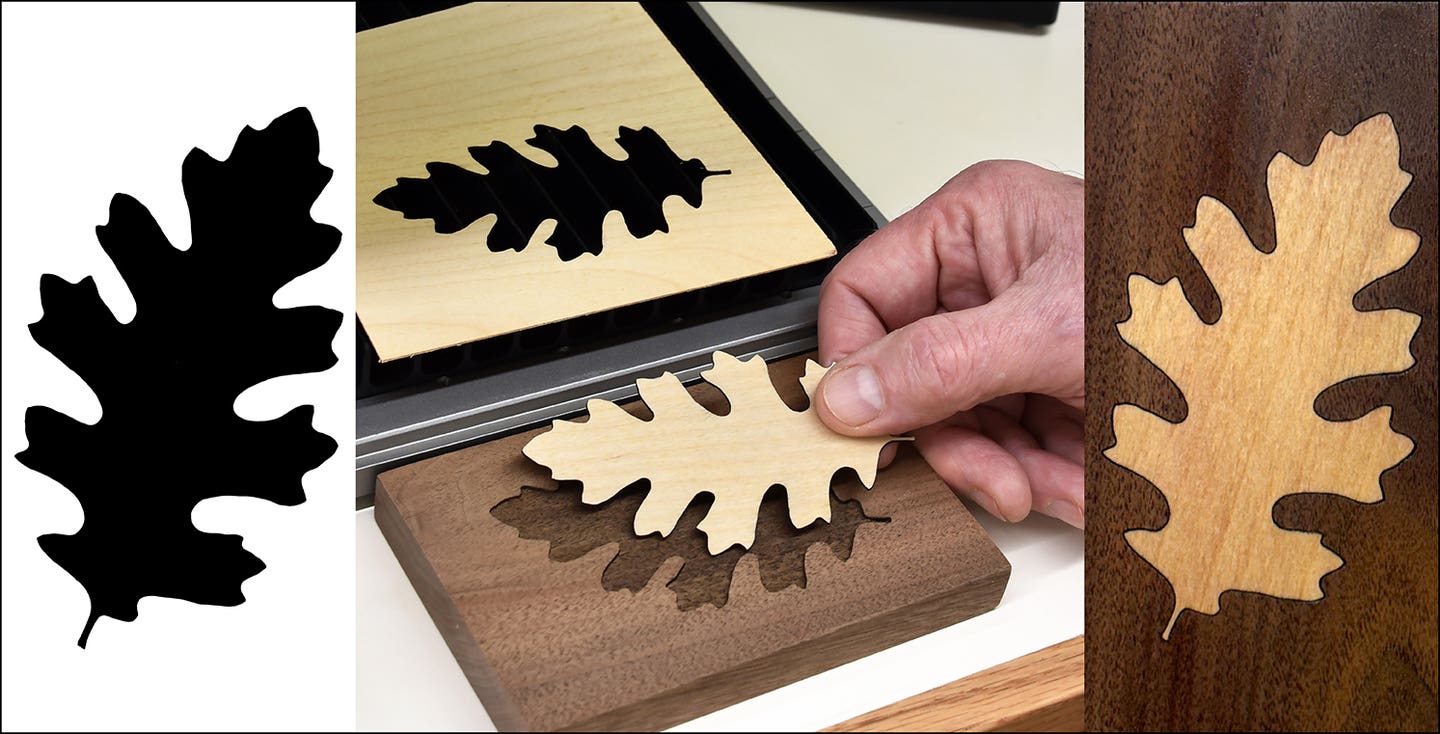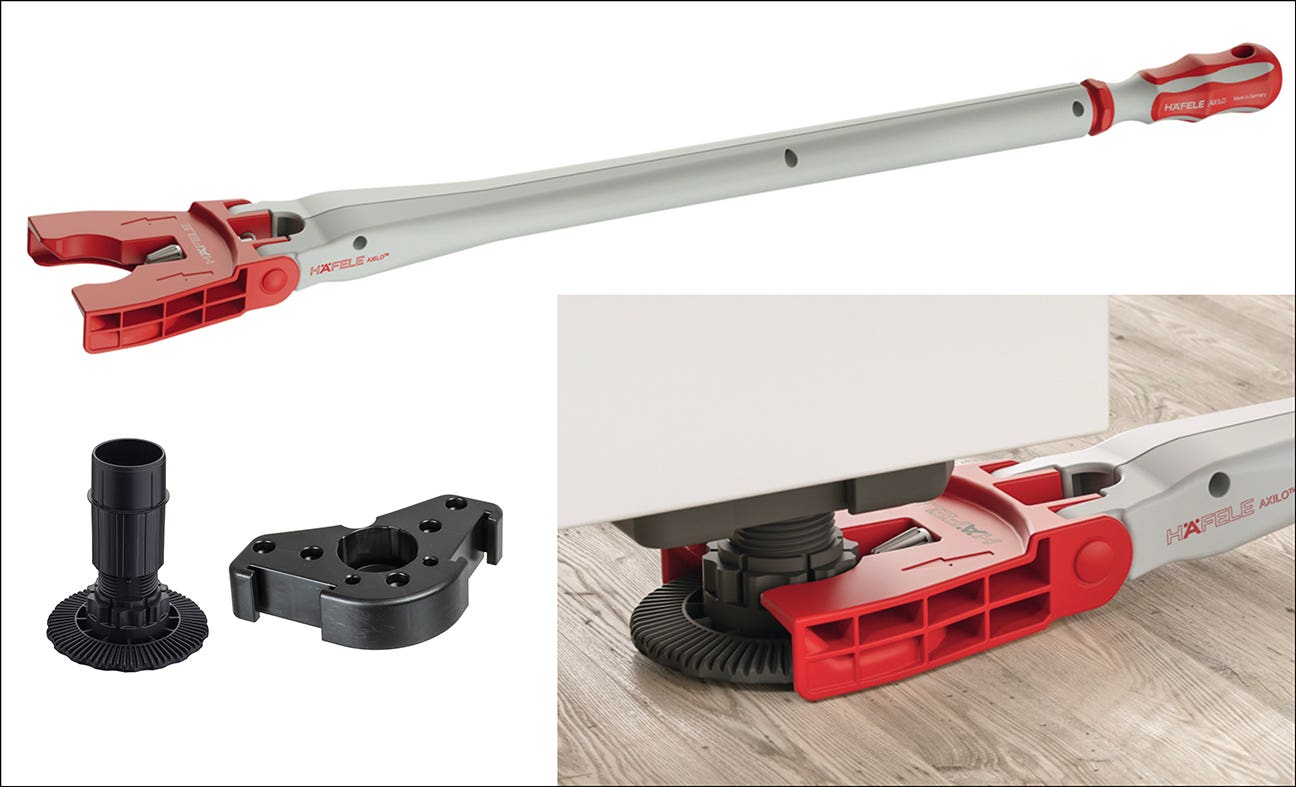Low-cost guerilla marketing pays off
It’s not how much you spend on promoting yourself, but how imaginative you can be in selling your work and your business {loadposition position10} Business is down. You’ve had to…
It's not how much you spend on promoting yourself, but how imaginative you can be in selling your work and your business
{loadposition position10}
Business is down. You've had to cut your staff. You're worried that things will get worse before they get better. What will you do? You could hire an expensive ad agency to create an entire program of brochures, glossy mailings and promotional efforts. Or you could try to generate business yourself by employing low-cost, guerilla-marketing strategies. If you decide on the latter, here are some of the efforts to consider:
- Send out a mailing to 500 former customers, offering $100 for a lead. If the lead results in business, the customer receives the rebate. What you are doing is working the word-of-mouth channel. No one will tout your skill and expertise better than previous customers. There's a good possibility that the former customers will want another job done, which earns them the $100 rebate after the job is completed.
If possible, make your letter humorous or, at the very least, keep it light. An opening like this might work: "The saying goes, 'Nobody knows your work like your customer.' So I'm asking you, one of my favorite clients, to get the word out to your family, neighbors and co-workers about what a magnificent craftsman I am. Get your friend to visit your house and show them what I built you. That will almost guarantee receiving the lead fee." At the bottom of the letter, have a simple lead-fee coupon for proper paperwork processing. When you receive a deposit, send the lead provider a check.
Cost: $220 for stamps; plus $100 per recommendation.
Opportunity: 10 jobs at $800 each is $8,000 against $1,220 marketing cost.
- Have open houses: If you do a lot of wholesale work, this might be a strategy for you. Have four open-house events, spaced about a month apart, exclusively for builders or specialty retailers. Clean up your shop and set up your showroom to look super-presentable. Have something to talk about - an impressive recently completed job, a new piece of equipment that allows you to do more than you did in the past, a different technique that enhances the finished product, or a new varnish application that creates an unusual effect. Provide refreshments.
It's possible you'll get three or four builders (or retailers) at each open house. That should give you ample opportunity to present your case.
Cost: $200 for four open houses.
- Make phone calls using the phone book. The price is right, and you'll win some business.
Introduce yourself in two or three sentences. Anything longer and you lose the prospect. Basically you're asking if there are any projects that need to be done. For example, you might ask if they would like an entertainment center built into their family room or if they've ever thought of storing their surplus clothes in an armoire. Maybe they don't want an armoire, but there might be something they have thought about. After you ask the question, let the customer answer. The rest of the conversation should be you responding to the customer's comments. If you have created some interest, invite the prospect to visit your showroom where he or she will see the type of work you do.
If the prospect isn't interested (maybe you specialize in traditional furniture and the prospect's home is modern), ask if they know of anyone who lives in an antique house. You never know where leads might come from.
Schedule calls on a daily basis by setting aside 20 minutes a day and make 15 calls a day. Keep a pen and paper handy for notes. Vary the call time, because some families will be available in the morning, while others will be available in the late afternoon.
Don't worry about breaking the rule against phone solicitation. You're not soliciting; you're merely calling to see if they can use your services. There is a difference and it's perfectly OK to do that. If the prospect complains, apologize, explain the distinction and tell them you won't call again.
Total expense: zero, assuming all calls are local.
- Enter a local fair: Having a booth at a fair will give you lots of opportunity to showcase your services to the public. Set up your booth with attractive pictures. A portfolio of completed jobs might also be useful. Then have some beautiful pieces that you created. Finally, have something to say about yourself. The hard part is you will have to be aggressive. Pushiness is a must for fair success.
Agricultural fairs, church fairs, state fairs and town fairs are all possibilities. Most occur in the summer and fall. The key is to choose your fair carefully. You want to make sure that a good representation of your potential buyer will be there. There are all sorts of possibilities to make fairs work.
Cost: maybe $500.
- Put up circulars on area bulletin boards. Often banks, coffee shops, food co-ops, and town offices have notice boards. In order for yours to stand out, it must really sing. My advice is to hand-draw the circular. It's so much more appealing than computer-generated material. Don't overclutter with copy. Leave white space. Create a border. Have one or two pictures or drawings (if you can draw skillfully). Come up with a slogan: 'Beautiful, functional, dynamic,' or 'Our work adds a touch of class to any home.' Have a hook: you and your crew of trained craftsman do the work, or offer a free site visit.
Cost: maybe $30 for producing the circulars.
- Give talks to clubs: Many clubs sponsor regular speakers, such as the Rotary Club, Chamber of Commerce, and women's groups. Some clubs even pay for their talks. Your talk will be about making fine woodwork, creating one-of-a-kind furniture, or laying out a room to make it cozy. Come up with a topic that uses your expertise and highlights your skills, and it might win some business. To set up talks, call organizations and ask if they are interested in having you speak. You'll be amazed how easy it is.
As for giving the talk, the key word is preparation. Write a speech, making sure it flows, filling it with anecdotes and people stories as well as skill tricks. Then practice delivering it until you don't have to refer to notes. Practice some more until you know just where to pause and just how to raise your voice. Finally, practice until every line flows out without effort.
To improve your ability to talk before an audience, join Toastmasters, an organization designed to improve members' speaking ability.
Cost: $55 annual Toastmasters' dues.
Howard Scott is a business writer and small business consultant from Pembroke, Mass.
This article originally appeared in the November 2009 issue.







